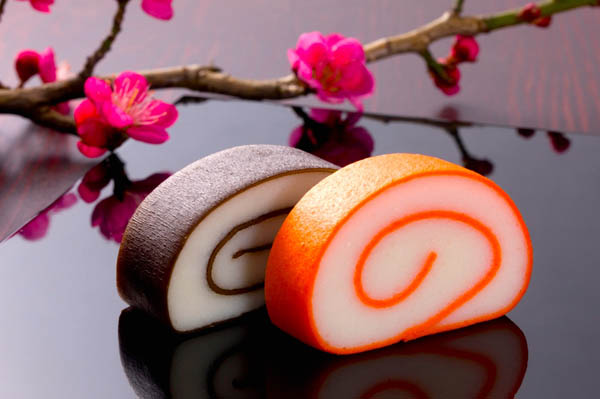SURIMI. 4 CENTURIES OF JAPANESE TRADITION.
Irrashaimase !… Or ‘Welcome’, in Japanese!
Let’s start with a little cultural appetiser…
You may not know that the recipe for surimi first appeared in the Land of the Rising Sun over four centuries ago.
At that time it was known as ‘kamaboko’, which means ‘a method to preserve fish’.
To prepare kamaboko, the Japanese chopped fish fillets (using fish with white meat) into small pieces, rinsed them in fresh water and then seasoned them.
Shaped in salt, the fillet chunks were then steam cooked as a cake or loaf. The Japanese cut their kamaboko in slices, dipping them into various sauces to eat them.
In the late 1980s, kamaboko travelled from Japanese villages to conquer European cities. No longer a simple meal for fishermen, it gained in status thanks to its new method of preparation and name. ‘Surimi’ (‘chopped fish’ in Japanese) is a mellow and essential ingredient in our daily meals.
Kamaboko

with tofugu.com





